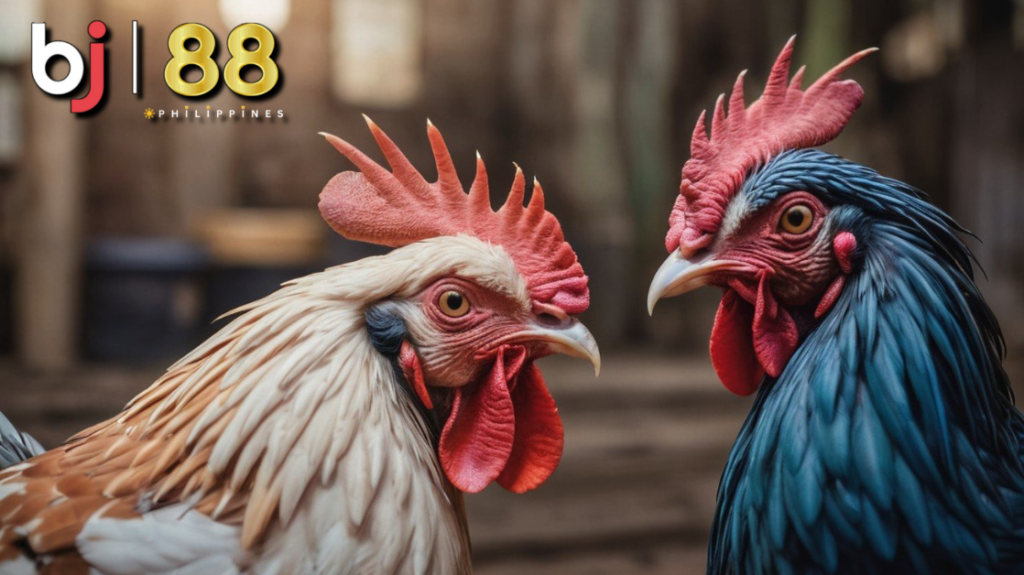In the adrenaline-fueled world of Sabong, where every clash of roosters is a high-stakes battle, referees play a crucial role in determining the fate of the competitors. But how do these arbiters of the arena decide which roosters are “llamado” (favored) and which are “dejado” (underdog)? Join us as we unravel the mysteries behind the referee’s decision-making process and shed light on the criteria used to assess roosters in the heat of combat.

Sabong, or cockfighting, is a sport steeped in tradition and strategy, where the clash of roosters is both a spectacle and a test of skill. Central to the integrity of Sabong matches are the referees, entrusted with ensuring fair play and upholding the rules of engagement. One of their most critical tasks is determining which roosters are “llamado,” or favored to win, and which are “dejado,” the underdogs facing an uphill battle.
In this article, we delve into the intricacies of how Sabong referees make these determinations, exploring the factors and indicators that influence their decisions. From physical attributes to behavioral cues, let’s uncover the secrets behind the referee’s judgment and understand how it shapes the outcome of Sabong matches.
PHYSICAL ATTRIBUTES AND CONDITION
One of the primary factors referees consider when assessing roosters is their physical attributes and overall condition. Roosters deemed “llamado” often exhibit characteristics such as muscularity, size, and symmetry, indicating strength and vitality. These roosters may also display well-groomed plumage and a confident demeanor, further reinforcing their favored status in the eyes of the referee.
Conversely, “dejado” roosters may show signs of fatigue, injury, or poor health, which can manifest in drooping posture, ruffled feathers, or sluggish movements. Referees carefully evaluate these physical cues to gauge the rooster’s readiness for combat and determine their likelihood of success in the arena.
AGGRESSIVENESS AND FIGHTING SPIRIT
In addition to physical attributes, referees assess the aggressiveness and fighting spirit exhibited by each rooster during pre-match rituals and interactions. “Llamado” roosters often display confidence, assertiveness, and eagerness to engage with their opponent, signaling a strong instinct for combat and a willingness to fight to the end.
On the other hand, “dejado” roosters may appear hesitant, submissive, or reluctant to engage, indicating a lack of confidence or readiness for battle. Referees pay close attention to these behavioral cues, as they provide valuable insight into the rooster’s mindset and readiness to compete at the highest level of Sabong.
CONCLUSION:
In the fast-paced and fiercely competitive world of Sabong, the role of the referee extends far beyond enforcing rules and maintaining order in the arena. Through keen observation and judgment, referees play a pivotal role in determining the fate of each match, identifying “llamado” and “dejado” roosters based on a combination of physical attributes and behavioral cues.
As Sabong enthusiasts continue to flock to arenas around the world, the expertise and discernment of referees remain essential in ensuring fair play and preserving the integrity of the sport. By understanding the criteria used to assess roosters and make determinations, spectators gain a deeper appreciation for the artistry and strategy that define the timeless tradition of Sabong.
